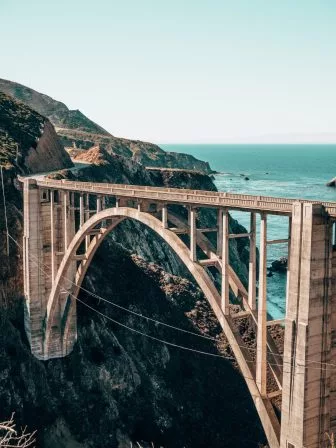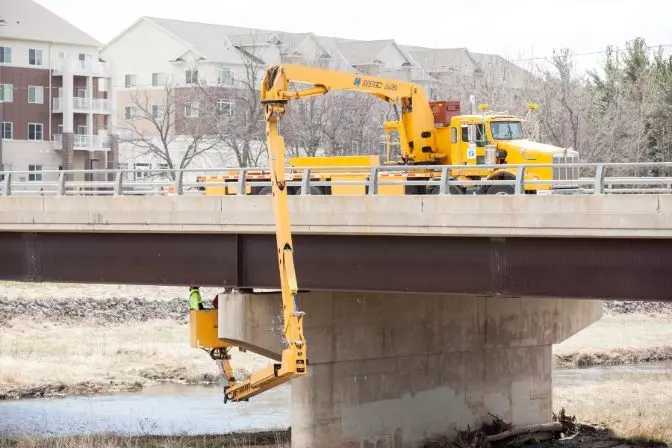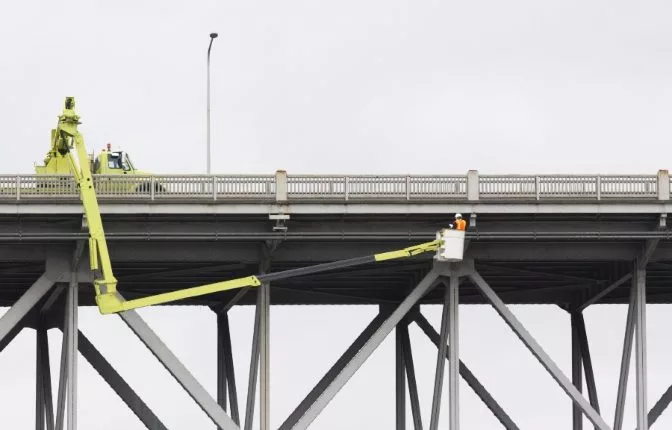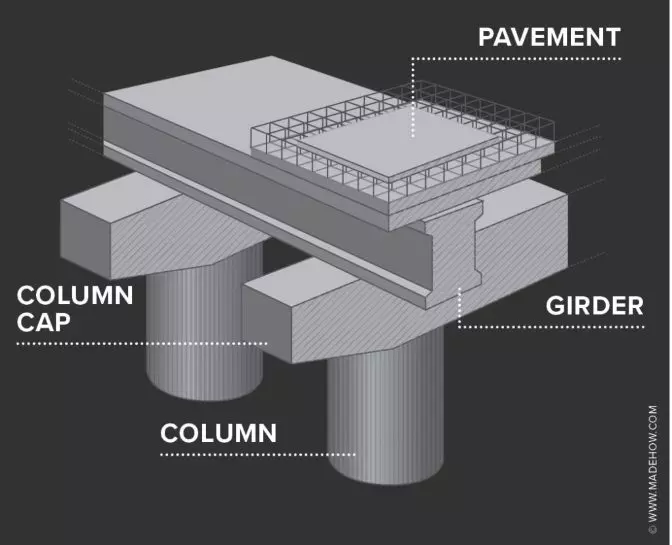Bridge inspections are a critical process that allows engineers and inspectors to identify minor issues before they become major problems. These assessments help ensure the safety of bridges, which are vital parts of our transportation networks. If a problem in a bridge is not detected early, it could eventually lead to a catastrophic incident, such as a bridge failure or a complete collapse. This could result in serious injury or even loss of life. That’s why bridge inspections are required by law in many countries around the world. In this guide, we’ll cover what a bridge inspection involves, the different types and techniques used, the challenges inspectors face, regulatory requirements, and how modern technology like drones is changing the way inspections are conducted. Although most people don’t think about the bridges they drive over every day, there are millions of them worldwide, all of which need regular maintenance to prevent accidents. In the U.S., for example, there are more than 700,000 bridges, each requiring periodic checks to ensure they remain safe for public use. While practices may vary from country to country, most require bridges to be inspected at least once every two years. During an inspection, engineers look for any signs of damage, wear, or structural issues that might require repairs. The traditional method involves using a bucket truck, also known as a snooper truck. These vehicles can reach high places and allow inspectors to examine the underside of a bridge. They can climb steep inclines and operate in deep water, making them ideal for hard-to-reach areas. There are several types of bridge inspections, each serving a specific purpose. Here are the main categories: Visual inspections are the most common technique, but other methods are also used depending on the situation. For instance: These techniques help inspectors gather more detailed data, especially when visual access is limited. However, they also come with their own set of challenges, including safety concerns and the need for advanced equipment. Bridge inspections come with unique challenges, such as managing traffic, ensuring proper staffing, and gaining access to difficult areas. Additionally, the cost of traditional inspection methods, like snooper trucks, can be quite high. However, new technologies like drones are helping to overcome these obstacles. Drones can access hard-to-reach areas without disrupting traffic and reduce the risks faced by human inspectors. Each country has its own regulations governing bridge inspections. In the U.S., for example, the National Bridge Inspection Standards (NBIS) outline requirements for frequency, types of inspections, and inspector qualifications. States may add additional rules, such as expanding the definition of what constitutes a bridge or increasing the inspection frequency. These variations highlight the importance of understanding local regulations when conducting bridge inspections. A bridge inspector looks for signs of deterioration, such as cracks, rust, or movement in the structure. They also check electrical systems, which are often overlooked but essential for the bridge’s functionality. Inspectors must be trained and certified to perform these tasks. In the U.S., the Federal Highway Administration oversees training programs to ensure that inspectors meet national standards. To conduct a bridge inspection, inspectors usually need certification. In the U.S., the Federal Highway Administration sets the standards for training and qualifications. This ensures that only qualified professionals perform these important tasks. Standards for bridge inspections are typically set by government agencies. In the U.S., the Federal Highway Administration provides guidelines on how inspections should be conducted, including policies, regulations, and best practices for different types of bridges. Elevate your daily style with our Versatile PVC Bag – a chic and practical essential for every occasion. Crafted for durability and easy maintenance, its sleek design offers ample space for your belongings. The secure closure and comfortable handles make it a reliable companion for your dynamic lifestyle. Embrace fashion and functionality with this stylish accessory, perfectly suited for your everyday needs. pvc pouch, pvc tote, pvc handbags, pvc gear bag, pvc zipper pouch Lixin Outdoor Product Co., Ltd , https://www.pdinflatable.comBridge Inspections — Everything You Need to Know
BRIDGE INSPECTIONS ARE A CRUCIAL PART OF MAINTAINING KEY INFRASTRUCTURE AND ENSURING SAFETY—LEARN MORE ABOUT THEM IN THIS GUIDE.

What is a Bridge Inspection?

Bridge Inspection Types, Techniques, and Challenges
BRIDGE INSPECTION TECHNIQUES

UNIQUE CHALLENGES FOR BRIDGE INSPECTIONS
Regulatory Considerations for Bridge Inspections
What Does a Bridge Inspector Do?

BRIDGE INSPECTION CERTIFICATION

BRIDGE INSPECTION STANDARDS